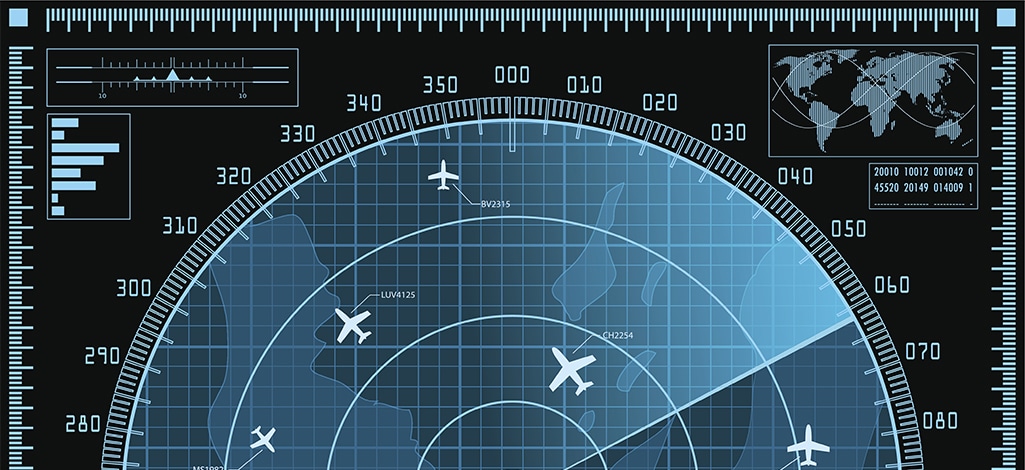On January 8, 2020, a Boeing 737-800 aircraft, operated as Ukraine International Airlines Flight 752 (“Flight 752”), was shot down shortly after taking off from Tehran International Airport. All 167 passengers and nine crew members onboard were killed, including 55 Canadians.
Under Annex 13 of the Convention on International Civil Aviation, Iran was responsible for instituting and conducting the investigation into the circumstances of the accident. As a result, the Aircraft Accident Investigation Bureau of the Islamic Republic of Iran (“AAIB”) conducted the investigation. As the state of registry of the aircraft, Ukraine was entitled to appoint a representative to take part in the investigation. As the state of manufacture of the Boeing 737-800 aircraft, the United States was also entitled to appoint a representative, as was France as the state of design and manufacture of the aircraft engines. Canada, the United Kingdom, Sweden, Germany, and Afghanistan were invited to appoint experts to participate, as their citizens were passengers on board Flight 752.
After the investigation was commenced, the Iranian army publicly announced that an air defence unit (“ADU”) had fired missiles at Flight 752 due to human error.
In its final report released March 15, 2021, the AAIB noted that Iran’s relevant defensive units (including ADUs) were placed on a higher level of alert following a drone strike performed by the United States on January 3, 2020, and the subsequent retaliation by Iran on the Al Assad base in Iraq on January 8, 2020.
Based on evidence provided by military authorities, the AAIB concluded that one of the ADUs in Tehran had been relocated but realigned improperly by way of human error. The realignment caused the ADU’s operator to observe Flight 752 as a target approaching Tehran from the southwest at a relatively low altitude, when, in reality, it was flying west from the Tehran Airport.
The AAIB reported that the operator announced the specifications of the target to the relevant Coordination Center. However, this message was not relayed to the Coordination Center and without receiving a response or command, the operator came to the conclusion that the target was a threat and fired a missile. The ADU remained locked on to Flight 752 and the operator then fired a second missile.
The evidence obtained by investigators showed that the first missile detonated in the proximity of the aircraft, causing damage to the aircraft systems and resulting in the aircraft crashing into the ground. The investigators were unable to confirm whether the second missile affected the aircraft.
The AAIB reported that the safety actions taken in response to the accident included the revision of NOTAM procedures at Iran’s airports. The AAIB further reported that Iranian military authorities informed the AAIB that adequate corrective actions had been implemented for future prevention of the events that caused the misidentification of Flight 752.
On March 18, 2021, the Transportation Safety Board of Canada (“TSB”) issued a statement in response to the AAIB’s report. The TSB noted that, as a matter of practice, it does not comment on reports from other agencies. However, the TSB wanted to publicly convey its independent assessment of the final report because of the unprecedented situation where the state leading the investigation was the one whose military was implicated in the event.
The TSB noted that the AAIB’s report did not provide detailed information regarding the operator’s training and experience, how the misalignment of the ADU occurred, or why communications with central command were not followed or were unsuccessful. The TSB further noted that the AAIB failed to discuss specific steps the Iranian military has taken to identify underlying safety deficiencies or any specific safety actions taken to prevent such a mistake from happening again. The TSB questioned why Iranian airspace remained open to civilian aircraft and why commercial airlines were permitted to continue to operate. The TSB noted that Iran did not publish any notices to warn aircraft operators of the hazards of its state of heightened military alert until after Flight 752 had been shot down.
The TSB concluded that the AAIB’s report did not explain any of the underlying factors behind why the missiles were launched at Flight 752. Although the report says what happened, it does not address why it happened.
The TSB further noted that when a state’s accident investigation agency is not independent of the state aviation authority as required by International Civil Aviation Organization (“ICAO”) (such as Iran’s AAIB), it can affect the credibility of the final report findings and the uptake of recommendations intended to prevent future occurrences.
The commentary from the TSB highlights the difficulties in ensuring that accident investigations are truly neutral or impartial where military actions are involved. The TSB expressed valid concerns regarding the potential for a lack of transparency where an accident involves military action and where a state fails to reveal the specific safety actions taken in response. As the TSB concludes, more action needs to be taken to protect airlines operating in conflict zones and the actions taken by the ICAO to date may be insufficient to prevent occurrences in the future.
In Canada, military aviation accidents are not investigated by the TSB. They are investigated by a separate body, the Royal Canadian Air Force’s Directorate of Flight Safety, which is designated as the Airworthiness Investigative Authority for the Canadian Armed Forces. While the powers of the Directorate of Flight Safety are delegated from the Minister of National Defence, it is charged with investigating matters concerning aviation safety independently of the chain of command. The Directorate of Flight Safety recently concluded an investigation into an accident involving an Air Demonstration Squadron aircraft and provided recommendations for additional training to better prepare military crew members for engine failure after take-off in a low-level environment.
For more information, please contact Nicolas Pimentel or a member of our Aviation Group.



